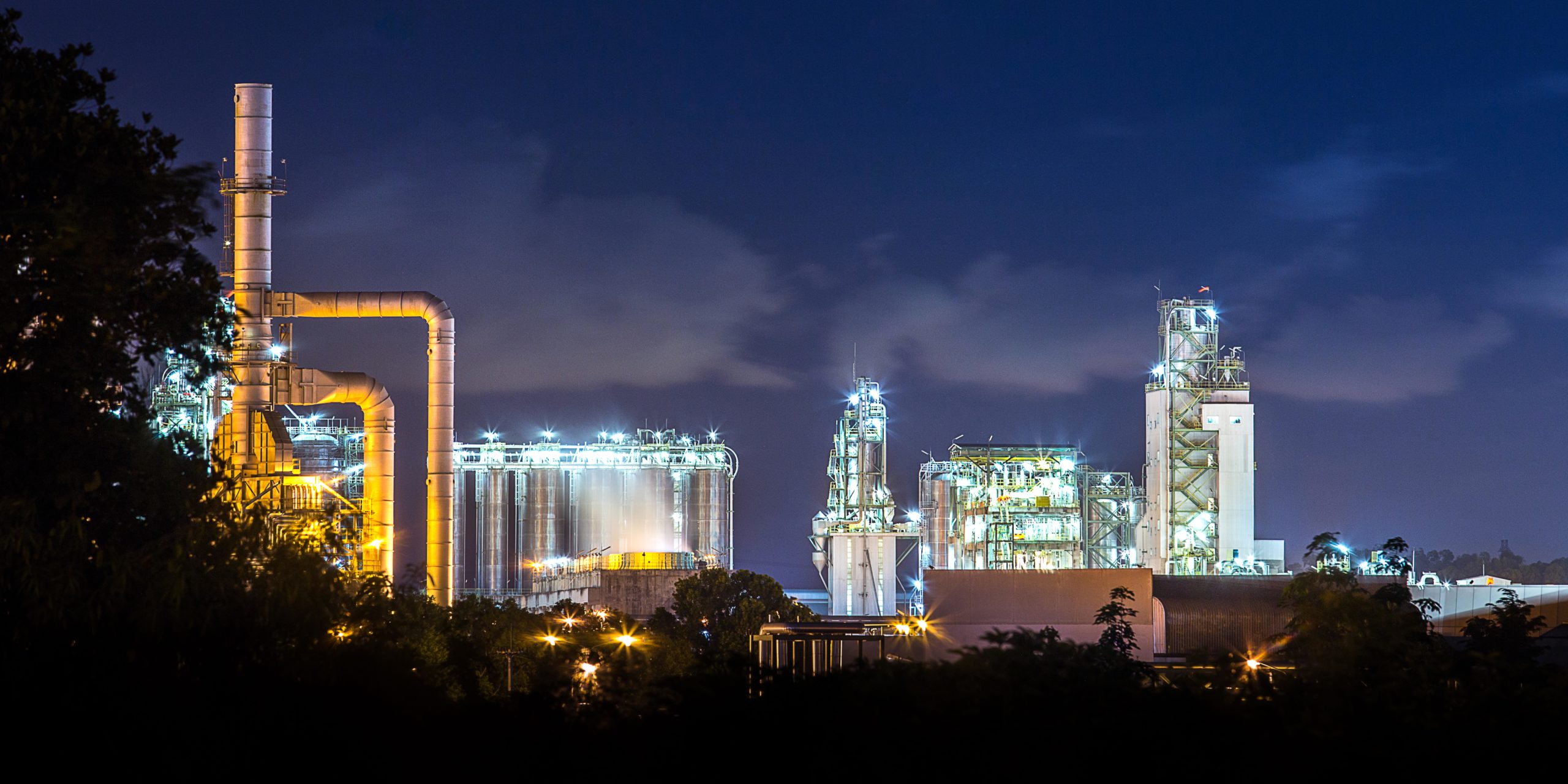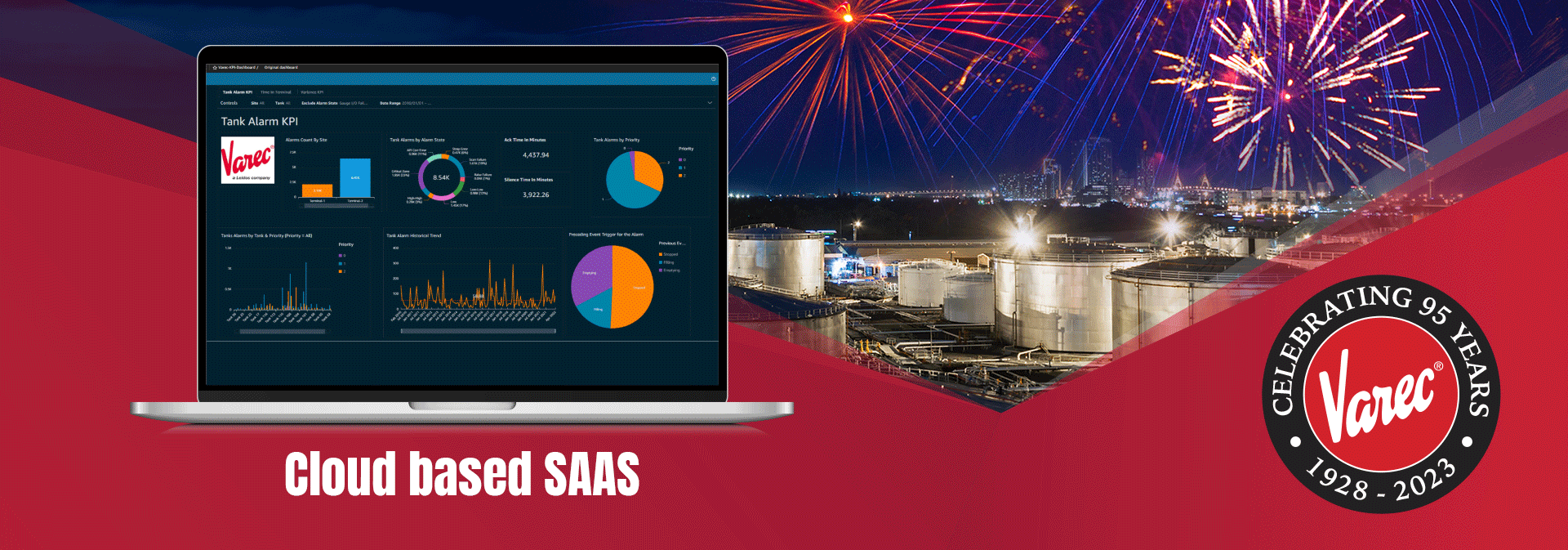Nymex natural gas for August delivery was recently quoted at $6.49/MMBtu, good for a nearly 70 percent climb in the year-to-date.
The natural gas rally has come mainly thanks to Russia’s war on Ukraine, which has supercharged the American LNG boom.

Europe has displaced Asia as the top destination for US LNG, and now receives 65 percent of total exports.
US oil and gas recently rallied as much as 10 percent to a two-week high following forecasts for hotter than usual weather to continue across much of the country, with the sweltering heat and tight grid conditions reminiscent of the deadly summer heatwave of 2011. The heat has already raised power demand to record levels in Texas and other parts of the US, thanks to a sharp increase in cooling demand.
The gains come despite a sharp increase in US production to record highs as well as forecasts for lower gas demand over the next two weeks.
Meanwhile, the Freeport LNG export plant in Texas remains out of service and is expected to remain shut until October, though some analysts believe the plant could remain shut longer. The facility south of Galveston – the second-biggest US LNG export plant – was gobbling up ~2B cf/day of gas before it shut on June 8 after an explosion caused a big fire.
Europe’s natural gas demand has skyrocketed as the EU tries to lower its reliance on Russian natural gas following its invasion of Ukraine. The European gas crisis has only deepened after Russia cut off the gas supply to Poland and Bulgaria, ostensibly for failing to pay for gas in roubles, sending European gas prices soaring. The move marks a ratcheting up of tensions, and could reduce supplies to Europe, as many pipelines pass through Poland en route to the rest of the continent.
Adding to supply woes, Russia’s Nord Stream 1 pipeline that supplies Germany has gone offline for scheduled maintenance. While it is due to resume operations on July 21, Europe fears that it may be delayed for political leverage.
Indeed, the IMF has warned that further natural gas disruptions on the continent could trigger a much-dreaded recession.
IMF managing director Kristalina Georgieva said: “Russia’s war in Ukraine has darkened the economic outlook significantly, with the fund saying it would scale back its previous forecast for 3.6 percent growth in 2022 for the third time this year with the possibility of a recession in 2023.
“It’s, therefore, not surprising that European importers are willing to pay a premium to secure long-term LNG deals.”
Demand for long-term LNG contracts has increased sharply in the current year, with suppliers taking advantage of robust demand, thanks to a global effort to cut Russian imports, to demand much higher rates for new long-term contracts.
Last year, the volume of long-term LNG contracts signed to end-user markets climbed to a five-year high, and the momentum is showing no signs of abating in the current year. So far this year, more than 10 million tonnes/year (tpy) of LNG has been signed to end-market users, according to a report by Wood Mackenzie.
For instance, Louisiana-based LNG company Sempra Infrastructure, a majority-owned subsidiary of Sempra Energy, has inked its sixth long-term contract in a five-month period. The deal calls for Sempra Infrastructure’s Cameron LNG in Hackberry to supply 2 million metric tons of LNG annually to the Polish Oil & Gas Company. Sempra Infrastructure struck another 2-million-tonne deal with Polish for its upcoming Port Arthur LNG facility in Port Arthur, Texas.
Most new contracts are from US supply as operators move projects forward. All these contracts are linked to North American prices. Meanwhile, Chinese buyers continue to dominate the market, signing more than 8 million tpy of new LNG sale and purchase agreements this year.
“The Russian invasion of Ukraine has had a dramatic impact on long-term LNG contracts. Many traditional LNG buyers will neither procure spot gas or LNG nor renew or sign additional LNG contracts with Russian sellers. Spot prices have also been high and volatile, pushing many buyers towards long-term contracts. Additionally, some buyers are returning to long-term contracting on behalf of governments to protect national energy security,” Wood Mackenzie principal analyst Daniel Toleman has said.
Back in April, the US Department of Energy authorized additional LNG exports from the planned Golden Pass LNG Terminal in Texas and Magnolia LNG Terminal in Louisiana as the US seeks to boost LNG exports to Europe.
Jointly owned by Exxon Mobil and Qatar Petroleum, the $10B Golden Pass LNG export project is expected to become operational in 2024, while Magnolia LNG, owned by Glenfarne Group, will come online by 2026. The two terminals are expected to produce more than 3B cf/day of natural gas, although Magnolia is yet to sign contracts with customers.
Previously, American LNG developers were unwilling to construct self-financed liquefaction facilities that are not secured by long-term contracts from European countries. However, the Ukraine war has exposed Europe’s soft underbelly, and the harsh reality is forcing a rethink of their energy systems.
For more information visit www.woodmac.com




















